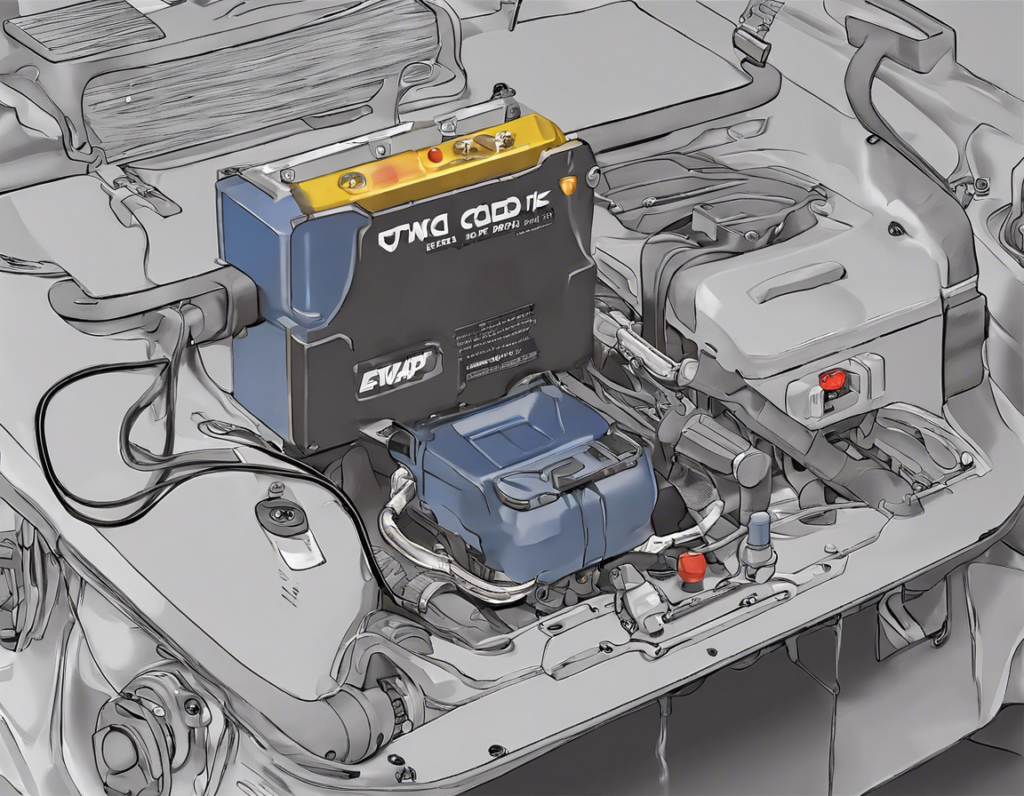An evaporative emission control (EVAP) system is designed to prevent the release of harmful pollutants into the atmosphere. When your car’s onboard diagnostic system detects a leak in the EVAP system, it will trigger a specific diagnostic trouble code (DTC), usually designated as P0442, P0455, or similar, depending on the severity of the leak. Ignoring an EVAP leak can lead to increased emissions, decreased fuel efficiency, and even potential engine problems in the long run. In this article, we will discuss how to troubleshoot an EVAP leak code in your car, step by step.
Understanding the EVAP System
Before diving into troubleshooting, it’s essential to have a basic understanding of how the EVAP system works. The EVAP system captures and stores fuel vapors from the fuel tank and prevents them from escaping into the atmosphere. It consists of various components, including the gas cap, purge valve, vent valve, charcoal canister, and a network of hoses.
Step 1: Check the Gas Cap
One of the most common causes of an EVAP leak is a loose or damaged gas cap. Start by inspecting the gas cap for any visible signs of wear, cracks, or damage. Make sure it is tightly secured by turning it until you hear multiple clicks. Clear the DTC using an OBD-II scanner and see if the code reappears after a few drive cycles. If the issue persists, move on to the next step.
Step 2: Inspect EVAP System Hoses
Inspect all the hoses connected to the EVAP system for signs of damage, cracks, or disconnections. Pay close attention to the hoses near the charcoal canister, purge valve, and vent valve. A smoke test can help pinpoint the exact location of the leak by introducing smoke into the system and observing where it escapes.
Step 3: Check the Purge Valve
The purge valve controls the flow of fuel vapor from the charcoal canister to the engine intake manifold. If the purge valve is stuck open or closed, it can trigger an EVAP leak code. Test the purge valve using a multimeter to ensure it opens and closes properly in response to commands from the engine control module (ECM).
Step 4: Test the Vent Valve
The vent valve allows fresh air to enter the charcoal canister, aiding in the evaporation of fuel vapors. A malfunctioning vent valve can lead to an EVAP leak code. Test the vent valve for proper operation and replace it if necessary.
Step 5: Inspect the Charcoal Canister
The charcoal canister absorbs and stores fuel vapors until they can be purged by the engine. A damaged or saturated charcoal canister can cause EVAP system leaks. Inspect the canister for physical damage or signs of saturation. If necessary, replace the charcoal canister.
Step 6: Seek Professional Help
If you’ve checked all the components mentioned above and still can’t locate the source of the EVAP leak, it’s time to seek help from a professional mechanic. They have the tools and expertise to perform advanced diagnostics, such as pressure tests and leak detection tests, to identify and resolve the issue.
Frequently Asked Questions (FAQs)
- What causes an EVAP leak in a car?
-
An EVAP leak can be caused by a loose or damaged gas cap, cracked hoses, malfunctioning purge or vent valves, or a saturated charcoal canister.
-
Can I drive my car with an EVAP leak code?
-
While driving with an EVAP leak may not immediately harm your car, it can lead to increased emissions, decreased fuel efficiency, and potential engine issues in the long term.
-
How much does it cost to repair an EVAP leak?
-
The cost of repairing an EVAP leak can vary depending on the cause of the leak and the labor rates in your area. Repairs can range from a simple gas cap replacement to more complex component replacements.
-
Will an EVAP leak code reset itself?
-
In some cases, if the underlying issue causing the EVAP leak code is resolved, the code may reset itself after a few drive cycles. However, it’s always best to clear the code using an OBD-II scanner after addressing the problem.
-
Can I prevent EVAP leaks in my car?
- Regular maintenance, such as tightening the gas cap properly, checking hoses for damage, and ensuring all EVAP system components are functioning correctly, can help prevent EVAP leaks in your car.
In conclusion, troubleshooting an EVAP leak code in your car requires methodical inspection of the various components of the EVAP system. By following the steps outlined in this guide and seeking professional help when needed, you can identify and resolve EVAP leaks, ensuring your car runs efficiently and environmentally responsibly.
